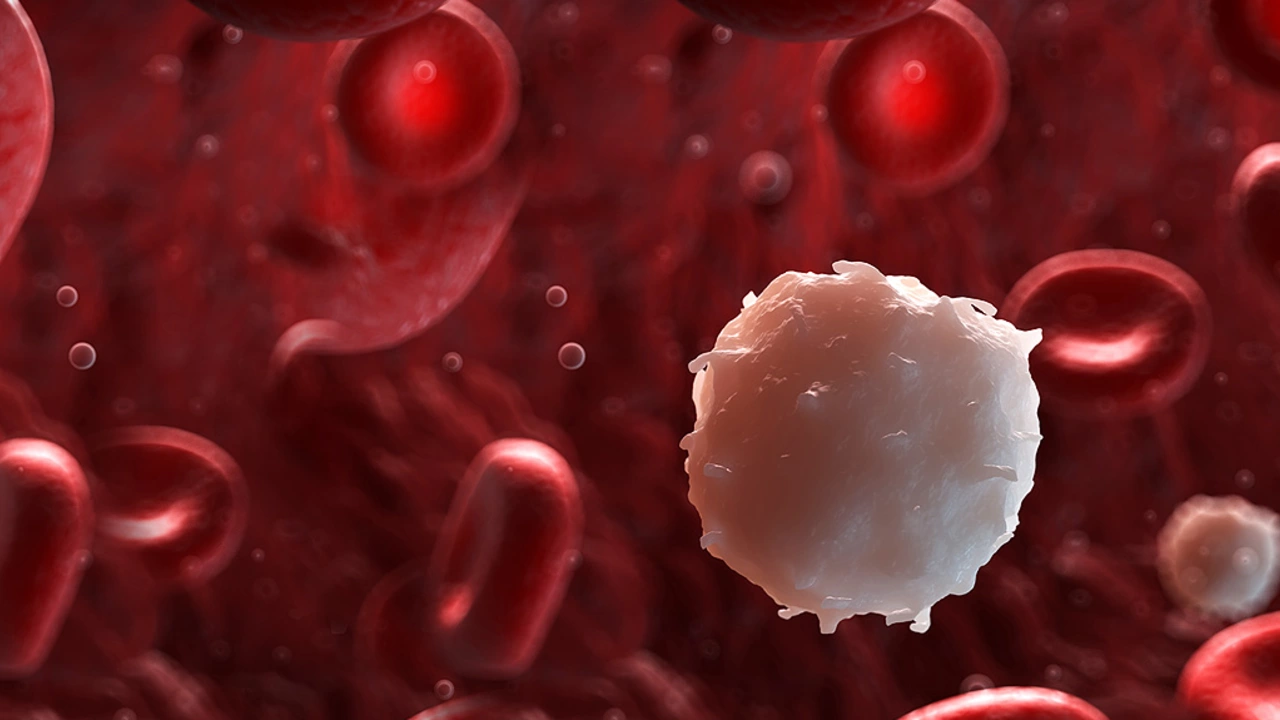Children's meds and health—what every parent needs to know
Giving medicine to a child feels heavy. You want to help, not harm. Start with one rule: dose by weight, not by age, unless your doctor says otherwise. Many common mistakes—overdosing with adult liquid, using the wrong syringe, stopping antibiotics early—are avoidable with a few simple checks.
Here are quick, practical steps to make medicine safer for your child. Measure with the device that comes with the medicine. If it’s a syringe, use the syringe. If it’s a spoon, switch to a syringe if you can. Don’t guess. If the label shows mg/kg or a weight-based dose, weigh your child and do the math or call the pharmacist to confirm.
When to worry: seizures and emergency signs
Partial onset seizures can look subtle—staring spells, odd hand movements, repeating a single motion. Time the event. If a seizure lasts more than five minutes, the child is hard to wake afterward, or they have repeated seizures with no recovery in between, call emergency services. While waiting, keep the child on their side, clear the area of hard objects, and don’t put anything in their mouth.
If your child has a known seizure disorder, keep a clear action plan from the neurologist: rescue medication name and dose, when to give it, and when to call 911. Store rescue meds where caregivers can reach them fast and practice the steps with babysitters.
Smart choices for common problems
Allergies and anxiety meds: some drugs like hydroxyzine are used in kids, but there are safe alternatives and dosing differences for children. Ask your pediatrician about OTC antihistamines (loratadine, cetirizine) or non-drug options (cool compresses, allergen avoidance) before switching. For anxiety or performance-type nerves, simple breathing and mindfulness techniques can help older kids, while meds should always be guided by a clinician.
Infections: antibiotics such as azithromycin and erythromycin are used for certain pediatric infections. Always finish the prescribed course unless told otherwise. Watch for side effects—diarrhea, rash, or unusual behavior—and call your doctor if they happen.
Buying meds online: it’s tempting to save money, but safety matters. Only use pharmacies that require a prescription, list a licensed pharmacist and physical address, and have clear contact info. Check for verification by your country’s pharmacy regulator or an international watchdog. Never buy controlled substances for a child without a valid prescription and local oversight.
Practical checklist for parents:
- Weigh your child and confirm weight-based doses.
- Always use the provided measuring device; ask the pharmacist for one if missing.
- Keep a written action plan for chronic conditions (asthma, seizures, allergies).
- Complete antibiotic courses and monitor for side effects.
- Use verified pharmacies and require prescriptions for all prescription meds.
- Teach caregivers the plan and where meds are stored.
Small checks save big trouble. If anything feels off—unexpected side effects, dosing confusion, or uncertain online sellers—call your pediatrician or pharmacist. They’re the best shortcut to getting answers fast.




